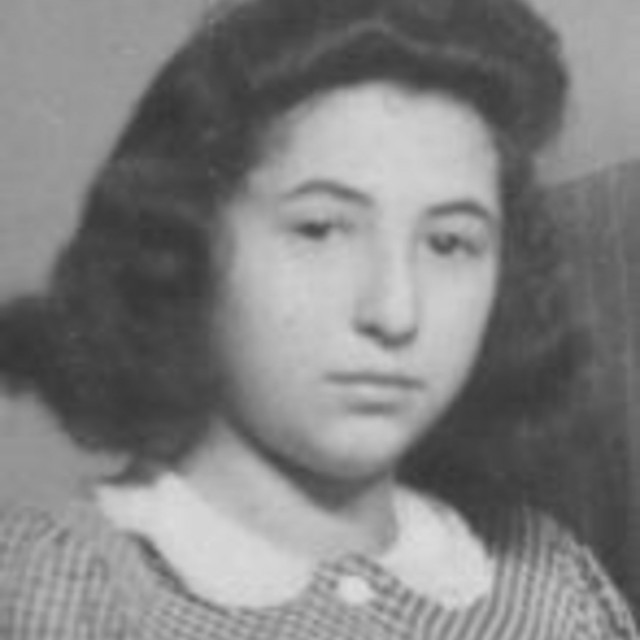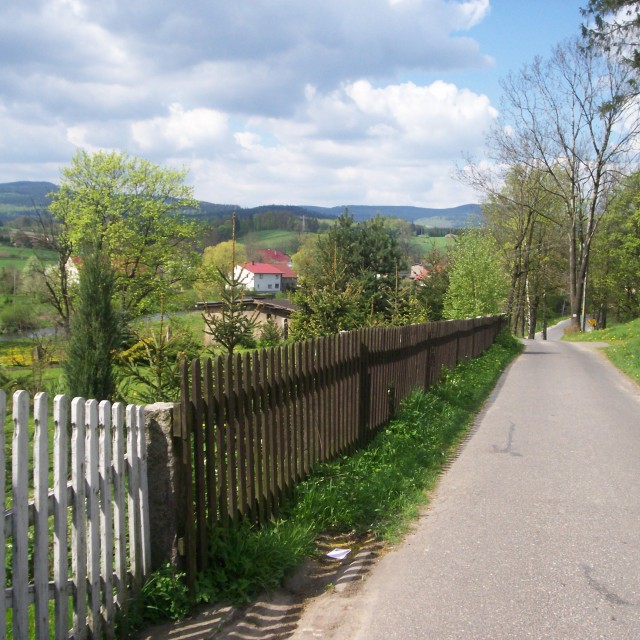We had to use a pickaxe to open the railway cars
Marta Kottová arrived in camp Mährensdorf in December 1944. She stood in a courtyard in a group of about one hundred Czech women, whom were all waiting to see what would happen next. They were soon to find out that they would be working in a flax processing factory and that they would be sleeping there too. Marta Kottová recalled: “The German who acted as a foreman in the factory said, when he saw us: ‘You're going to freeze in here like geraniums.’ The factory was below the Krkonoše Mountains and we were half naked and barefoot with no stockings. I'll never forget the word geraniums.” Most of the Czech women worked in the factory, where they worked alongside women from Poland who had arrived there earlier. There were about two hundred of them. Later, around a hundred Hungarian women arrived via Auschwitz. Apart from working in the factory they also had to go to so called transports – to unload goods at the train station. It was always necessary to use a pickaxe to open the frozen railway cars, (the water that was poured over them after being bombed had frozen), and unload them.
Hodnocení
Hodnotilo 0 lidí
Routes
Not a part of any route.
Comments
No comments yet.






